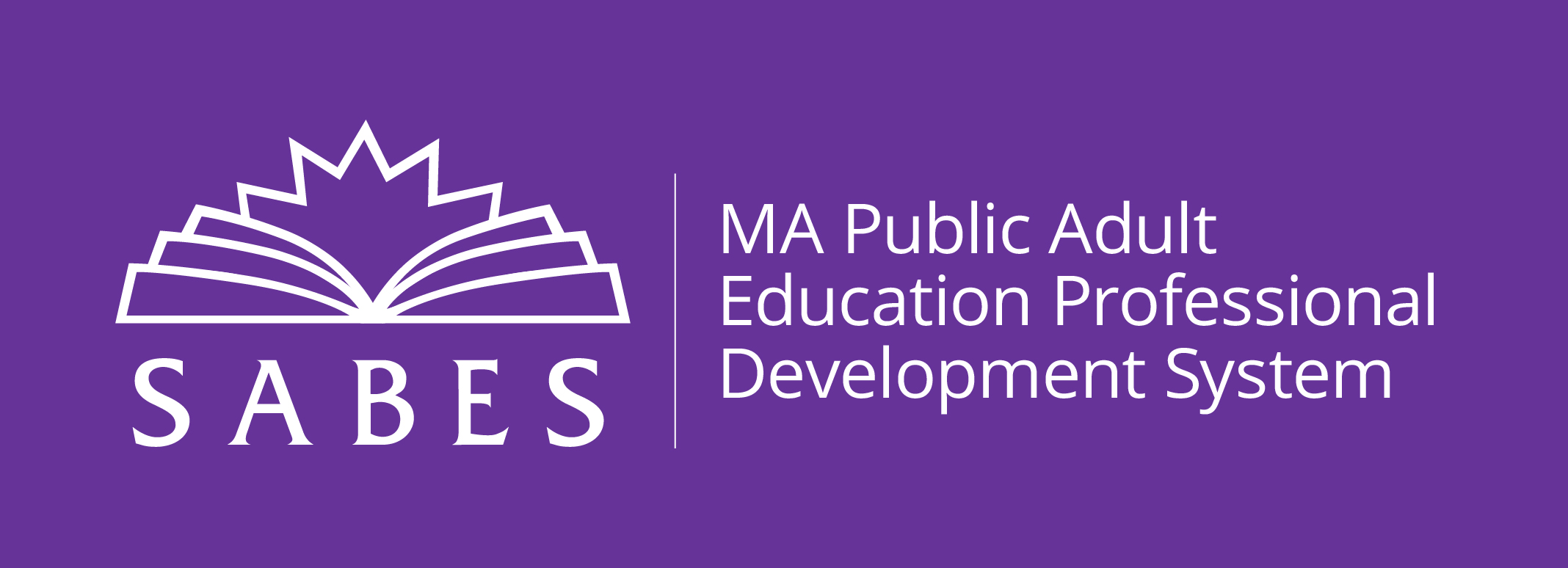
Have you heard any of these questions from colleagues, from your students, or inside your own head?
I am confused. The January 6th riot at the Capitol is something I never expected to see here in the U.S. However, some people are saying the signs were there all along, and that this points to systemic racism and white supremacy within our society—as do the unequal effects of the pandemic.
Given that many murders and injustices have happened, why did the deaths of George Floyd and Breonna Taylor spark long-lasting, nation-wide protests?
Were either the summer protests or the January riot related to worries over the pandemic and the economy? And why was the response to them so different?
I’m very literal, and wonder what these phrases mean: Black Lives Matter, white supremacy, defund the police. (What about other lives? Are all white people guilty?)
I can tell if somebody is being racist, but how do I understand systemic racism?
I watch the news and check social media, but that often leaves me feeling more confused. How can I talk and ask these kinds of questions without getting scorned for not understanding?
Why don’t other people understand? How can I listen to people ask questions that they should already know the answers to?
Now, step back and think:
- What ELA skills are needed to navigate the current climate and events? What strengths are exhibited here?
- What skills and knowledge do you need as a teacher to prepare relevant curricula and facilitate conversations with several entry points?
- What do these phrases mean for your practice: Diversity, Equity, and Inclusion; Culturally Responsive Teaching; Decolonizing the Curriculum? How do you DO that? Are you doing some of that already?
This year has ripped open scars in our society and brought new and formerly hidden issues and foundational ideas into national awareness. We may lack the historical background knowledge to understand the complexities and interconnections, and may struggle to find tools and strategies to proactively teach for change.
As part of the ACLS and SABES system-wide initiative, the ELA C&I PD Center is working alongside you to widen our perspective on creating or revising lessons and units, looking for texts, managing classroom conversations, assessing and giving feedback, and teaching in general. Stay tuned for upcoming PD, both in collaboration with other SABES centers and geared specifically for ELA curriculum and instruction.
Meanwhile, there are several excellent resources and actions mentioned in our fellow PD centers’ articles in this newsletter. Read those articles! Try the actions! Use the resources! We’ll mention three:
- Facing History and Ourselves—such a wealth of relevant resources
- Learning For Justice (formerly known as Teaching Tolerance); their latest magazine issue focuses on white supremacy in education
- The Change Agent’s spring 2016 issue, Talking About Race
Please do stay in touch as we continue this journey with you. What are you doing already? What is working, and what are the challenges? What are your questions? We are a safe place to ask.


